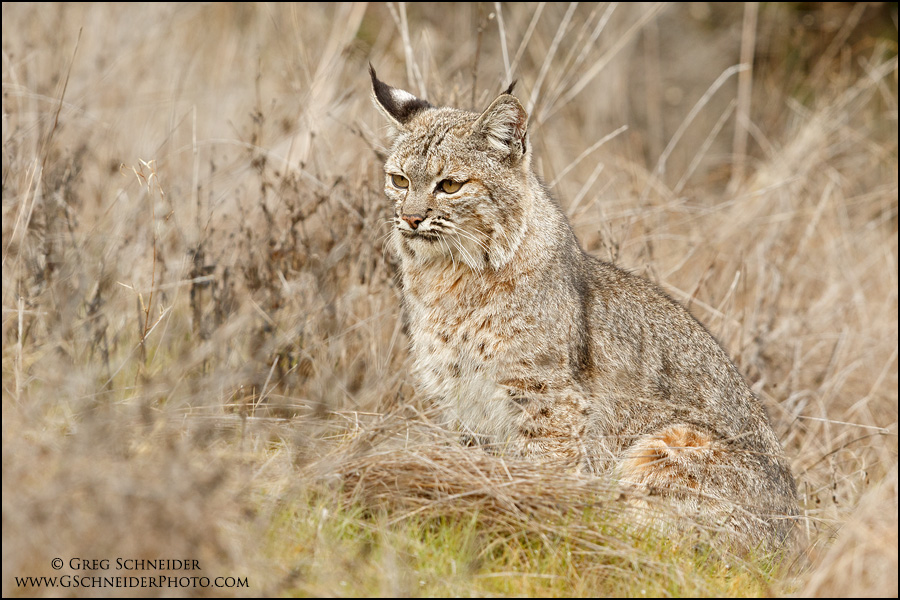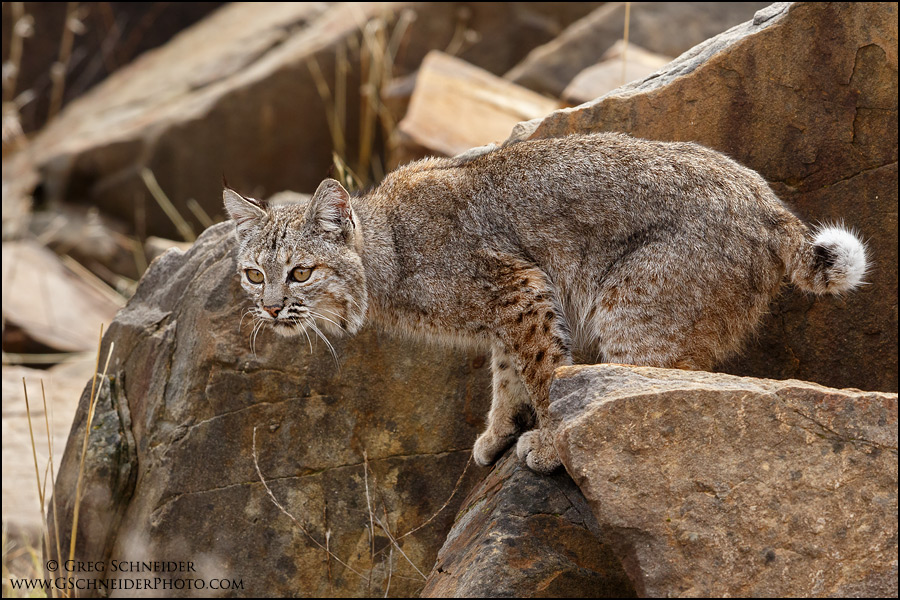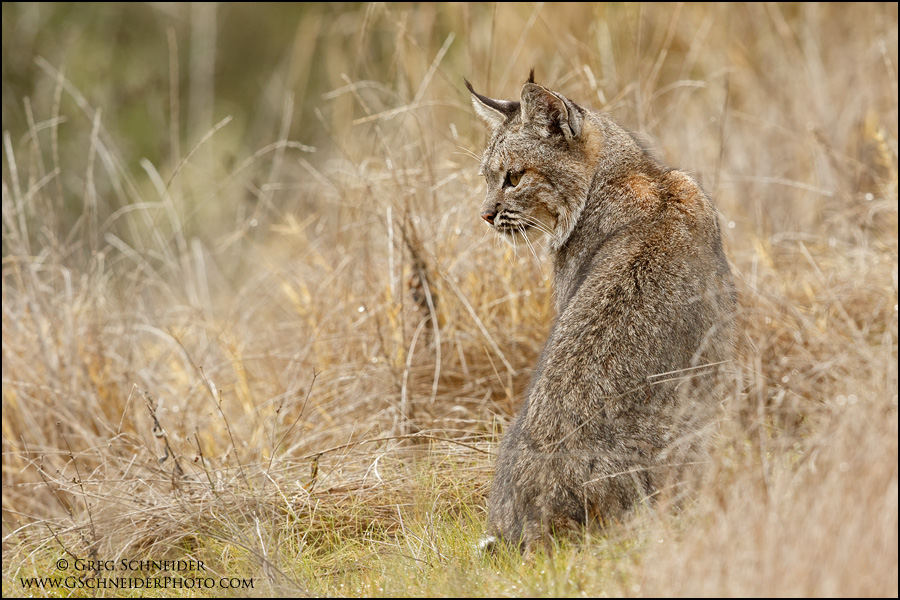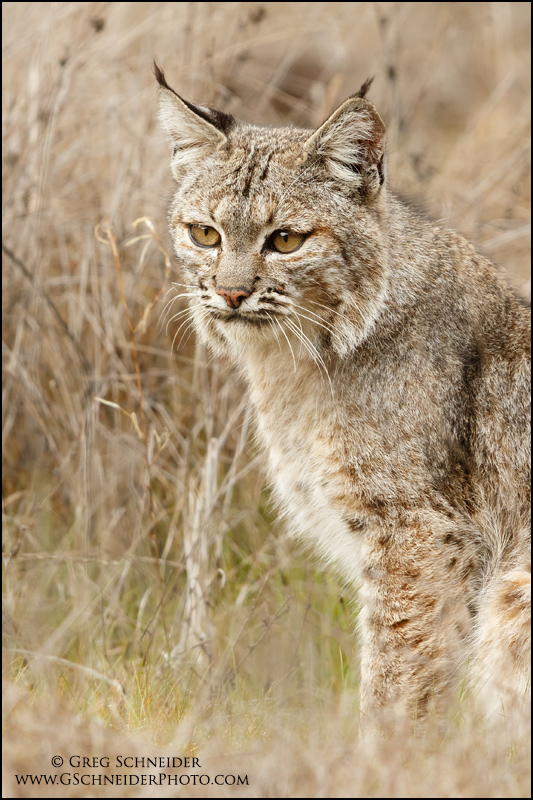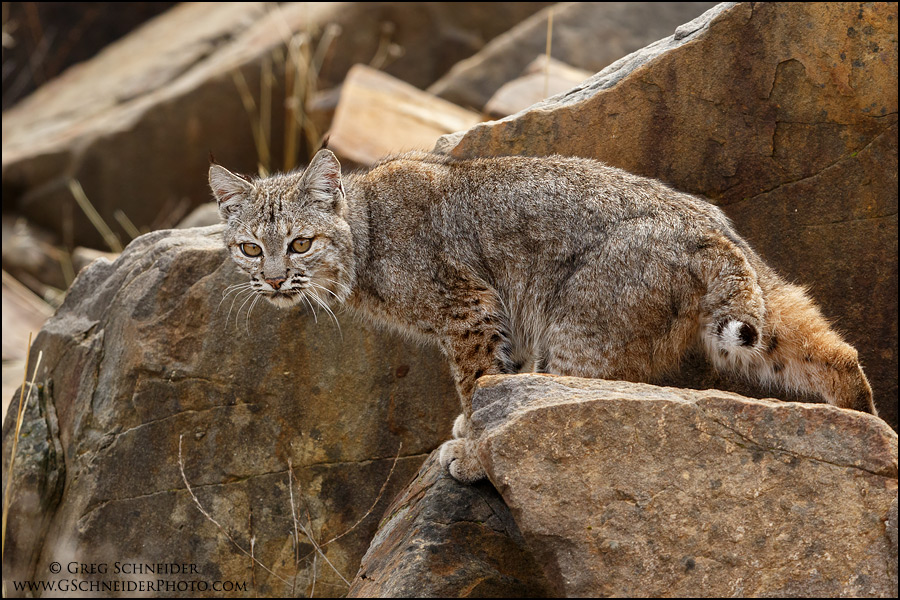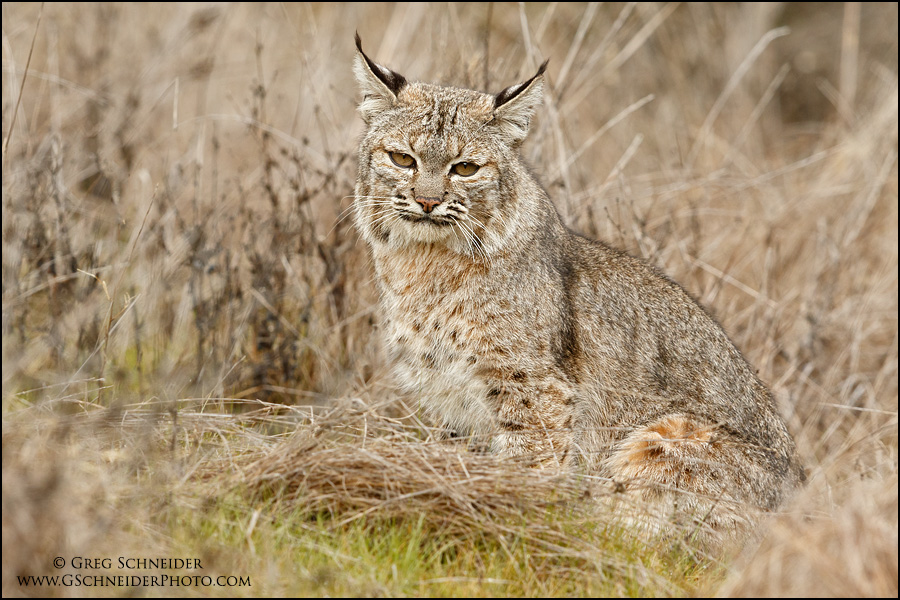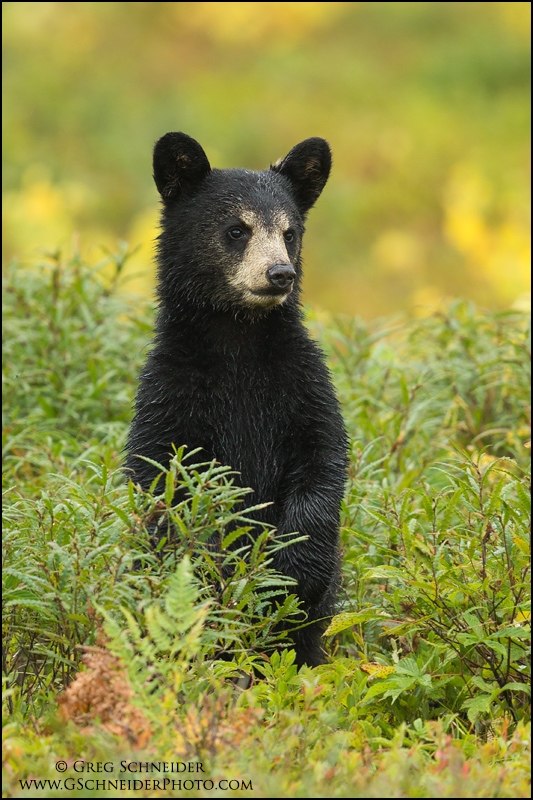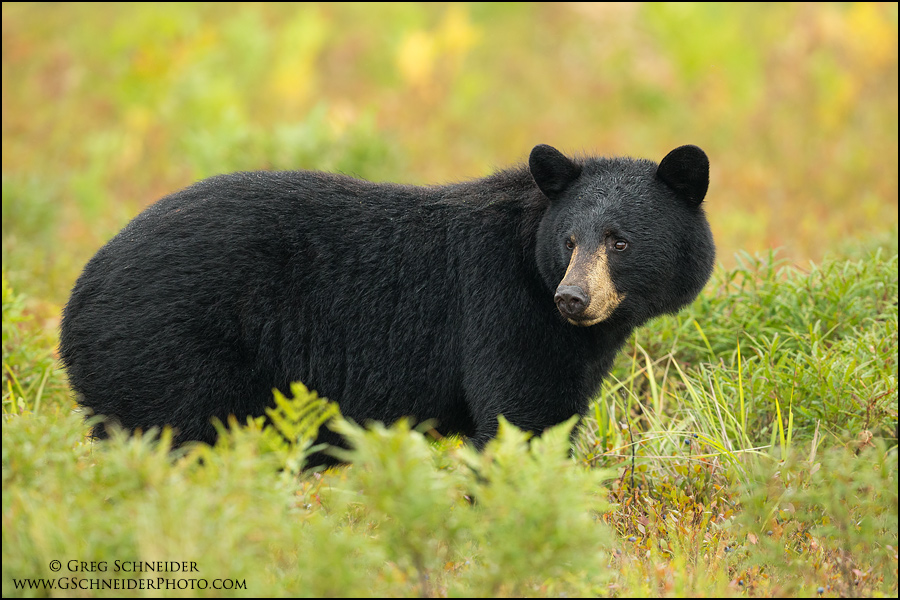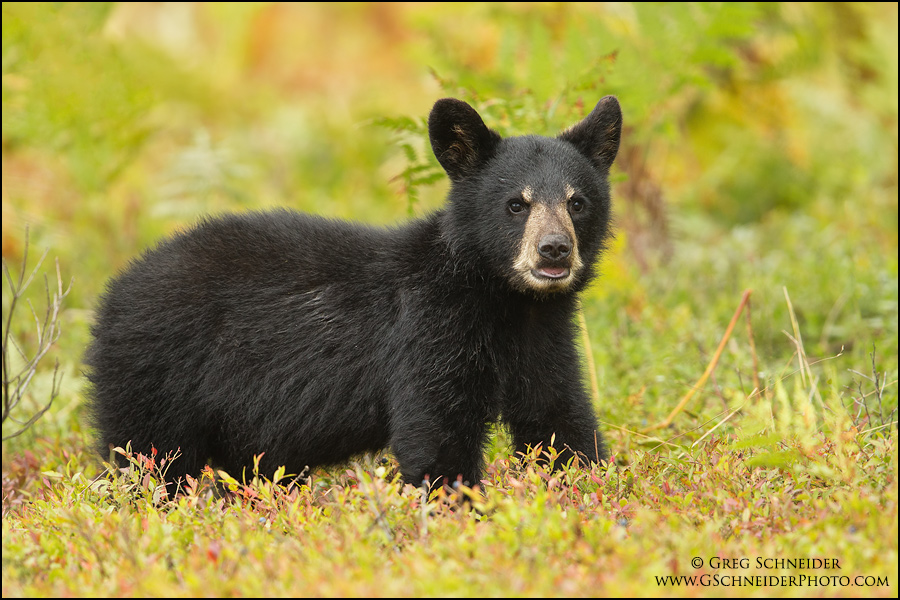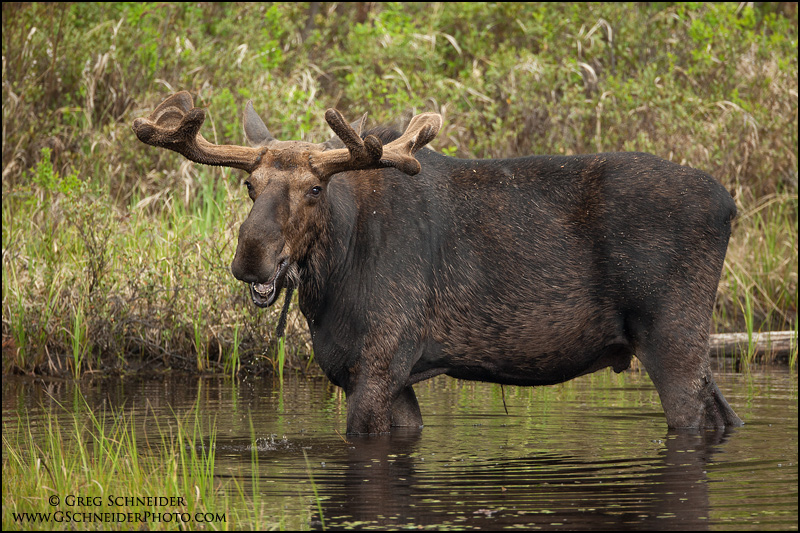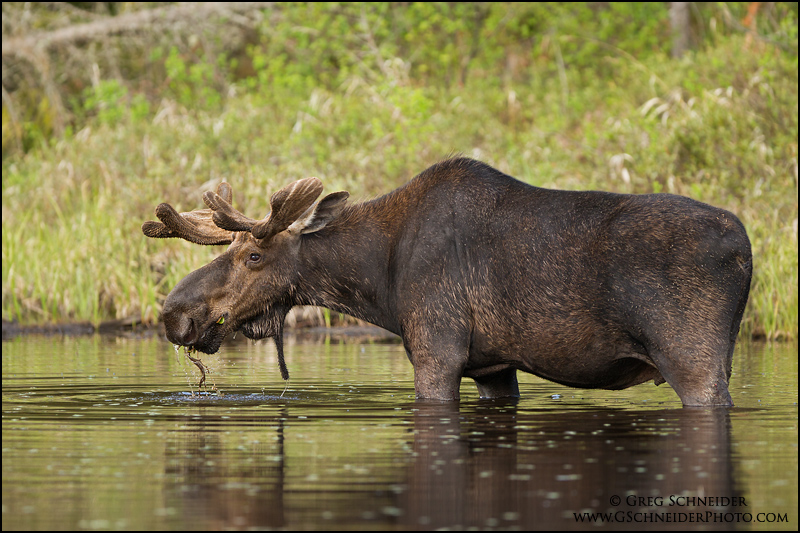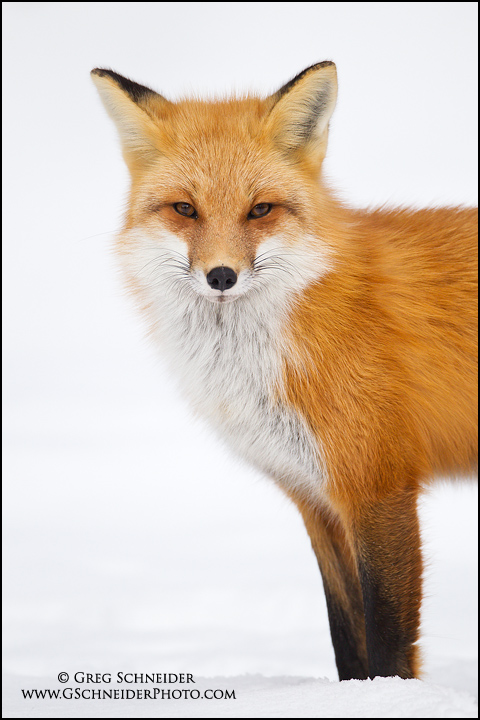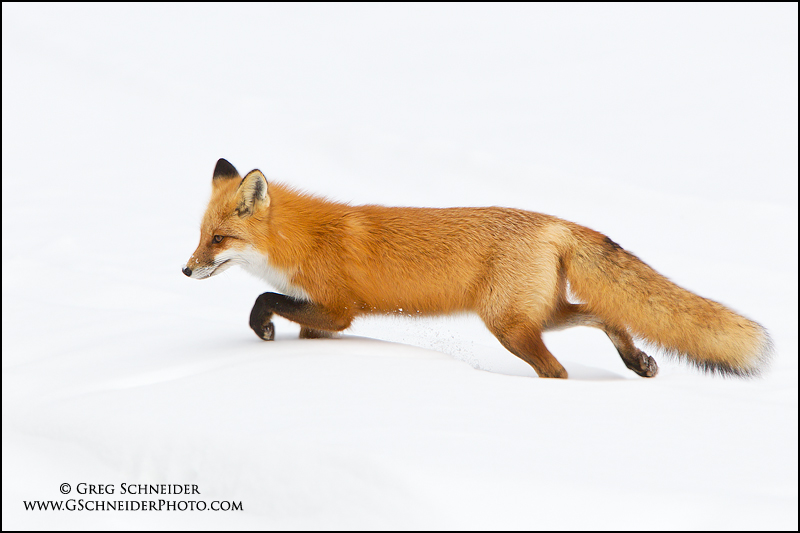Category: Wildlife
Bobcat encounter
A few weeks ago while photographing birds in Central California’s scenic oak woodlands, my peripheral vision picked up movement closer to the parking lot. I quickly swung the camera around, thinking the fuzzy shape might be a fox, but to my astonishment saw the characteristic cat shape and tail of a bobcat. This was an animal I had never seen before, and was not expecting to obtain any good photos before it disappeared.
I quickly caught up to it as it began navigating its way down a boulder-strewn hillside. At this point I was able to photograph a few look back poses, and I started to plan where to position myself next. I had a rough idea of where the cat might be going, and was able to quickly walk ahead on an adjacent trail. As expected, the bobcat began walking through a grassy meadow after making its way down the boulders. It paused a few times, seemingly scanning for prey, and completely tolerant of my presence. It eventually sat down for a few minutes, then without warning ran off and could not be relocated.
In total I had 8 minutes with this individual, and I’m really pleased with the range of poses and photos I was able to capture in such a short length of time.
Black Bears and Blueberries
There was a bumper crop of blueberries in Ontario this summer. As a result, many different animals made use of this bounty, from geese to various mammals. Of most interest to myself were black bears, who visited these fields almost constantly for a few weeks, actually almost two months. Even though I was first able to make it up near the end of this period, I was fortunate enough to see three different families, each consisting of a sow (female) and two cubs.
Below are a few of my favourite images.
Bull Moose
Algonquin Provincial Park, in Ontario, Canada is a fantastic destination for moose viewing. This is especially true during the spring, when moose are attracted to the slightly salty water near the highways, caused by runoff from the winter’s salting operations. I was able to photograph this large adult bull last spring, as he munched away beside the highway, seemingly oblivious to the surrounding crowd. So far this is the largest moose I’ve found, and it would be wonderful to meet him again (at a safe distance!) in the fall when he has shed the velvet.
More Red Foxes
As promised, here are some more photos of red foxes to continue my earlier post.
Red Foxes
This past winter I had some incredible opportunities with red fox. Surprisingly, this pair hunted right near the road and were accommodating enough to allow for some really close photos. How close is close? I was able to capture many images using just a 70-200mm lens with 1.4x teleconverter, which is not only a very short focal length for a wild animal, but also gave great flexibility in framing.
Here are two photos of the female (vixen) that I particularly liked. I believe there are several more worthy of posting.
Macro photography using a telephoto lens
While it’s not an obvious choice for closeups, a supertelephoto lens can be surprisingly capable at macro photography. It’s not possible to get close enough for extreme macro photography of small bugs, but other wildlife such as butterflies or snakes are very well suited to this method of photography. In the middle of the summer I was walking around trying to find birds to photograph, and although I failed with that, there were many monarch butterflies around. While I didn’t have an extension tube, I was able to get close enough by using a 1.4x converter on my 600mm lens. An extension tube would have made it possible to get even closer, so I’ve now made a point of carrying an extension tube with me, because you never know what opportunities might present themselves.
There are several advantages to using a telephoto lens. Not only can you blur the background more than you could with a short macro lens (say 100mm), due to the focal length compression, but you you can shoot at wider apertures and benefit from a higher shutter speed. Whereas most macro lenses will be shot at f16 or narrower, to ensure enough depth of field when close to the subject, a telephoto could be used at around f8. Additionally, thanks to the extra working distance, you are less likely to scare off your subject. In this case I was 10-20 feet away from the butterflies, and this made it far easier to photograph without them leaving.
